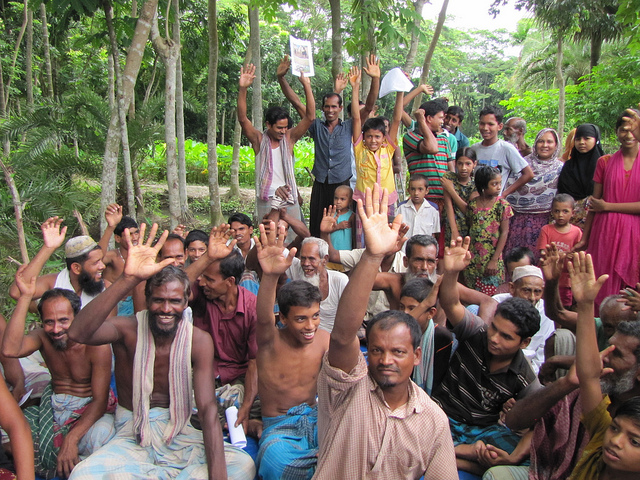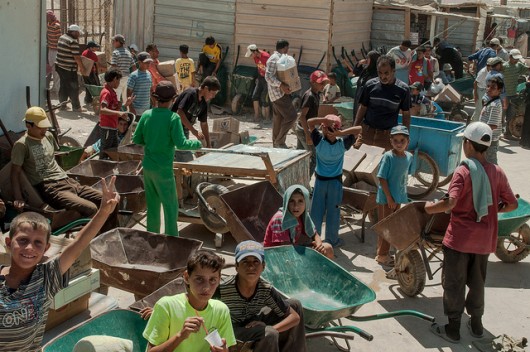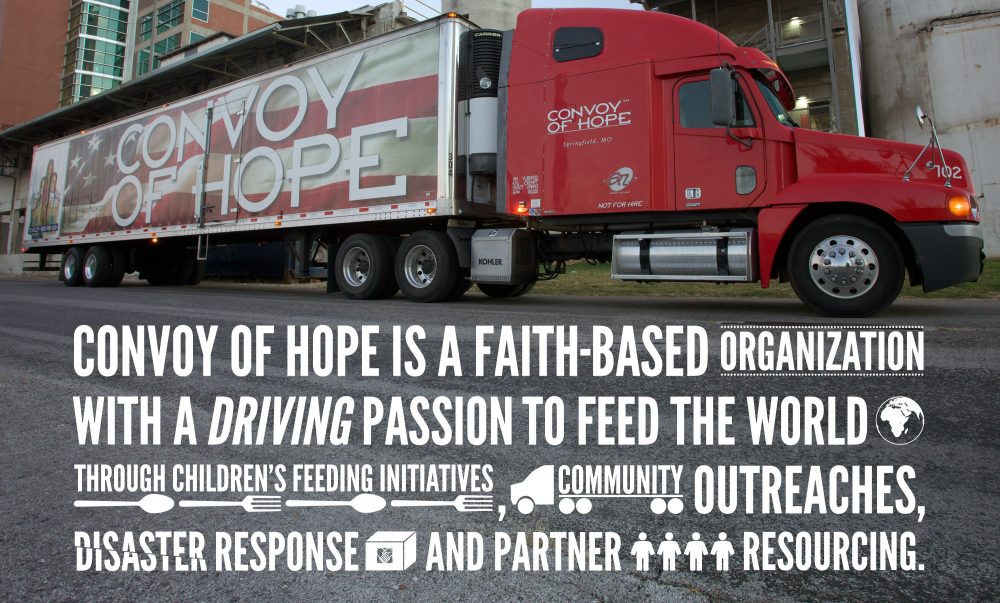
The future of poverty and hunger alleviation may rest in the hands of today’s youth. Young entrepreneurs embarking into the business world have immense power in aiding those in need. Creative thinkers and digital-savvy youth have unique skills and ideas that may give them an advantage in giving back.
In an article recently published by The Huffington Post, it was found that many of the world’s hunger-aiding programs were inspired or founded by the youth of today. Young entrepreneurs are starting programs such as “The Future Isn’t Hungry” and “3B Brae’s Brown Bags” to counter national poverty in the United States, with many working to expand internationally.
Three young entrepreneurs, Jake Harriman, Beth Schmidt and Leila Janah, have already made their mark in the fight against poverty. While Harriman’s NGO works to end world hunger, Schmidt’s organization is reducing poverty by helping people living in poverty have better access to college. Janah’s company works with American companies to crowdsource staff from developing countries, providing countless people with jobs to lift them out of poverty.
All three of these entrepreneurs recognized a call for action and drastically changed their lives to help give everyone a fighting chance. These are just a few of today’s young entrepreneurs using their skills to combat poverty and hunger.
In a report published by the Overseas Development Institute, it was stated that teaming young entrepreneurs with volunteers between the ages of 18 and 25 can combat unemployment around the world. Volunteering abroad can help young business owners acquire new skills and knowledge to better understand the developing world. In turn, volunteers working with business people can help them gain a better understanding of business tactics that they can apply to the volunteer work they do internationally.
The study uncovered a positive correlation between young entrepreneurs volunteering or working abroad and the development of skills necessary to end poverty. Volunteers and entrepreneurs worked in countries, such as Tanzania and Nicaragua, where their skills and businesses were put to the test. In the end, both the entrepreneurs and the citizens of these countries benefited in the study.
The initiative to increase the number of entrepreneurs working to give back has already begun and is continuing to grow. In Africa alone, multiple NGOs are working to unleash the continent’s untapped potential through educational, microfinance and health nonprofits. And many of these are run by or work with young entrepreneurs. Jake Harriman’s goal, along with the world’s young business people who are following in his footsteps, is to alleviate poverty by 2030.
– Julia Hettiger
Photo: Flickr







